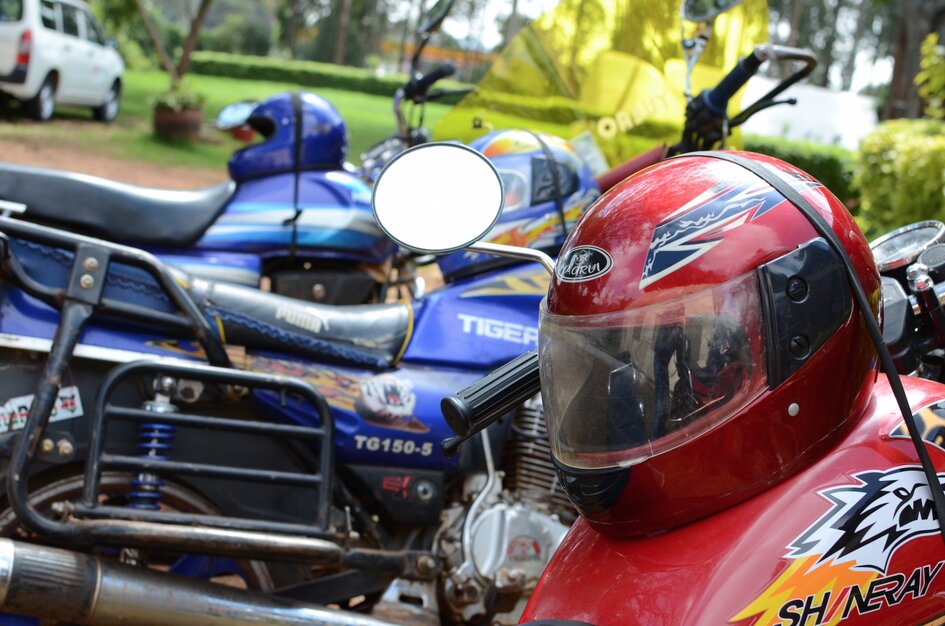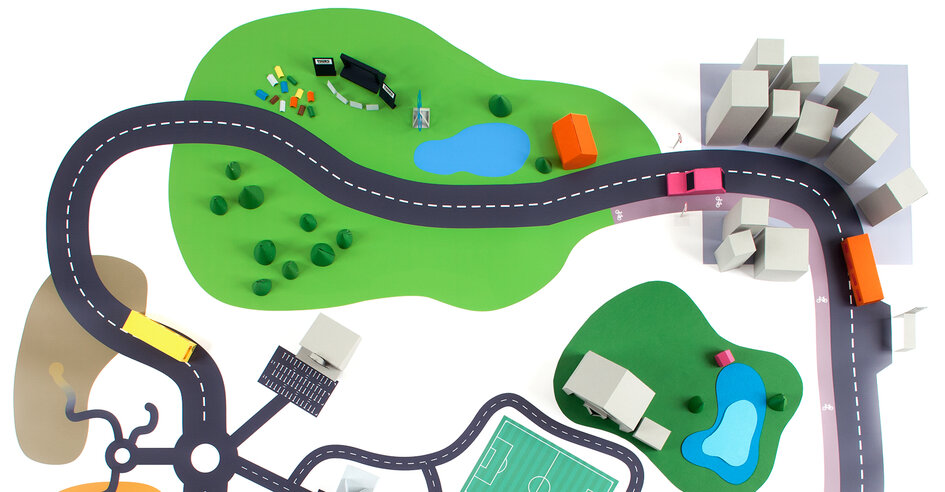
Study shows that driving sensors can improve driver habits – guest blog
We are happy to share a guest blog from Raine Jenkins who writes about all things technology via Techiedoodlers.com. She is a passionate techie blogger and often writes thought provoking articles about the state of technology and society. She recently wrote a special guest blog for our website.
In Vancouver, Canada, a wireless driver behaviour monitoring system is helping young drivers to get better and safer behind the wheel. The Vancouver Sun reported on the three-month study, which documents the behaviour of the drivers. One of the sensor systems used was the new Cell Control DriveID sensor, which not only monitors driving, but also delivers drivers’ safety scores via an app. It works by monitoring speeding, hard cornering, fast acceleration, and whether or not drivers used their smartphones while mobile.

The resulting data is then sent to the service for analysis, resulting in a corresponding score that’s returned to the driver within minutes of the trip. In a nutshell, this and other similar sensor systems have been shown to be exceptionally effective at making young drivers adopt safer attitudes and habits while on the road.
Mark Milner of the Insurance Corporation of British Columbia (ICBC) explained how the sensor systems influenced the drivers in the study: “What we heard from drivers in the first pilot is that many of them found themselves moderating their driving behaviour… They found that they were riskier drivers than they thought they were.” This is generally good news, especially considering that the study focused specifically on young drivers. In fact, during an earlier pilot, 40% of the 125 new and inexperienced drivers, reported improvements in their driving. And as Milner further explains, in this particular part of the study, the drivers “started to drive more slowly, (and) accelerate, brake and take corners more gently… They really wanted to get a good score.”
While the ICBC itself didn’t actually examine the data for improved driving, the driver feedback alone and their own satisfactory scores suggest a highly positive future for the ongoing study. The ICBC is already planning to follow this up with a study that involves up to 7,000 drivers with less than five years of actual driving experience. The study will look at how these new systems and devices can possibly reduce or even eliminate crashes altogether.

This of course is just one of the many examples of how smartphone and innovative technologies have been changing the course of the automotive and insurance industries for the better. Not surprisingly, these developments are not confined to just Canada. In Europe, Verizon Connect shows how personal coaching apps are now a feature of GPS tracking systems in the UK. Designed primarily for Lorries, today’s devices can help operators keep track of how their fleets are being driven. This allows fleet managers to effectively coach their employees on driving with efficiency and safety in mind, with the ultimate goal of decreasing the fleets’ fuel and maintenance costs as well as overall road safety.

Across the globe there has also been a rise in apps that can track driving habits. This allows a third party to monitor drivers through a smart device. Some apps even reward drivers for good habits. For parents of young drivers, this has allowed them to monitor their children on the road and help them improve their driving habits. As the Vancouver study shows, technology is at the forefront of road safety.
All of this is especially good news considering that globally speaking, there hasn’t been enough progress in terms of road safety. In December 2018, Youth for Road Safety tackled how traffic safety legislation, access to post-crash care, and vehicle standards haven’t yet improved fast enough to compensate for the rapid motorisation of transport in areas where local populations are also on the rise. However, with the aforementioned developments in mind, there’s definitely still hope for the future of road safety.
Road safety article contributed by Raine Jenkins for the sole use of youthforroadsafety.org




 Dr. Bella Dinh-Zarr, PhD, MPH, is a public health scientist and injury prevention specialist and a Board Member of the National Transportation Safety Board, an independent federal agency charged with investigating transportation disasters and making safety recommendations to prevent their recurrence.
Dr. Bella Dinh-Zarr, PhD, MPH, is a public health scientist and injury prevention specialist and a Board Member of the National Transportation Safety Board, an independent federal agency charged with investigating transportation disasters and making safety recommendations to prevent their recurrence.



 About TRAX
About TRAX


 Our Head of Communications Manpreet Darroch joined the panel to represent youth and road safety and the UK he said, “It’s an honour to sit on this panel with distinguished global road safety practitioners. It is encouraging to see the new initiative focus on youth and road safety; highlighting the unprecedented challenges and opportunities to tackle the issue. Many efforts/statistics/reports recognize road crashes to be the biggest killer of young people but often fall short in addressing the opportunities of involving young people in meaningful participation in road safety. We will be championing the cause of youth participation in road safety on the panel; a paradigm shift from seeing youth as the problem, to rather working with youth to create a safe system of mobility”.
Our Head of Communications Manpreet Darroch joined the panel to represent youth and road safety and the UK he said, “It’s an honour to sit on this panel with distinguished global road safety practitioners. It is encouraging to see the new initiative focus on youth and road safety; highlighting the unprecedented challenges and opportunities to tackle the issue. Many efforts/statistics/reports recognize road crashes to be the biggest killer of young people but often fall short in addressing the opportunities of involving young people in meaningful participation in road safety. We will be championing the cause of youth participation in road safety on the panel; a paradigm shift from seeing youth as the problem, to rather working with youth to create a safe system of mobility”. 








 Ms. Lotte Brondum, Executive Director of the Alliance, said: “Children in some parts of Asia are risking their lives every day on the way to school and back. The Alliance Advocates will implement realistic and effective action plans so that children don’t have to risk their lives to get an education. We encourage their governments to allow them to share their new knowledge and to work together with them to make schools across Asia safer. ”
Ms. Lotte Brondum, Executive Director of the Alliance, said: “Children in some parts of Asia are risking their lives every day on the way to school and back. The Alliance Advocates will implement realistic and effective action plans so that children don’t have to risk their lives to get an education. We encourage their governments to allow them to share their new knowledge and to work together with them to make schools across Asia safer. ” Manpreet Darroch of YOURS who co-delivered the training programme in India said, “It is a real honour to work with Asian NGOs to build capacities in road safety advocacy. This is the fourth training we have delivered with the Alliance and back in 2016, while developing the concept of these training; the vision was to empower NGOs with new knowledge and practical skills to deploy in the field. We are proud to see NGOs taking an active role in safe school zones”.
Manpreet Darroch of YOURS who co-delivered the training programme in India said, “It is a real honour to work with Asian NGOs to build capacities in road safety advocacy. This is the fourth training we have delivered with the Alliance and back in 2016, while developing the concept of these training; the vision was to empower NGOs with new knowledge and practical skills to deploy in the field. We are proud to see NGOs taking an active role in safe school zones”.